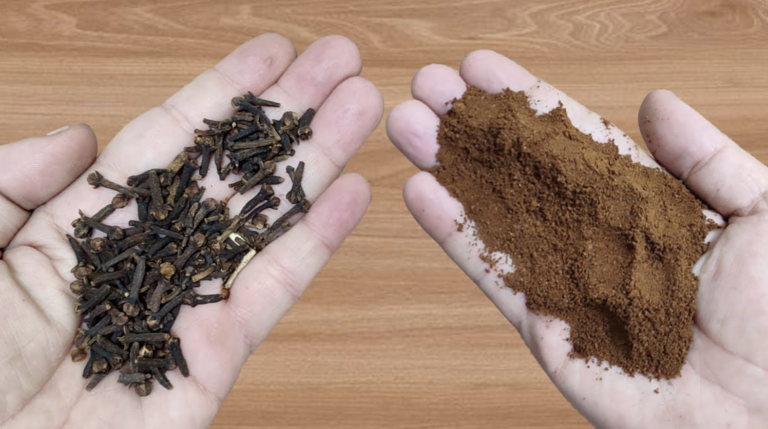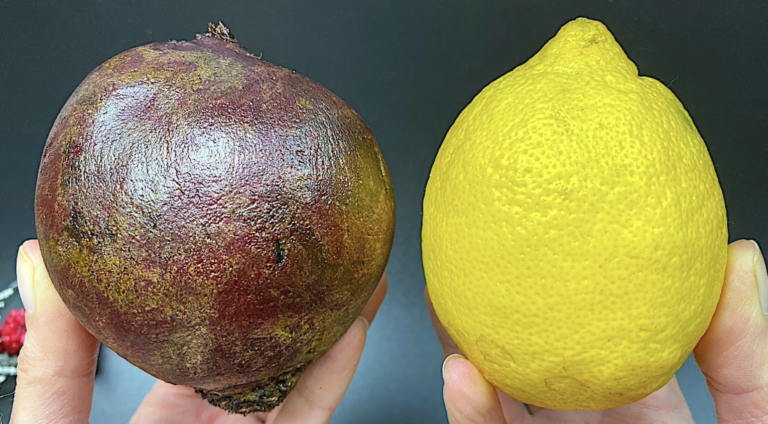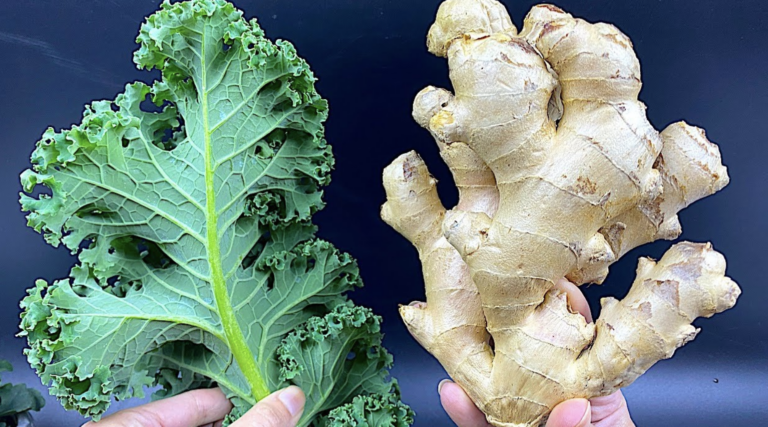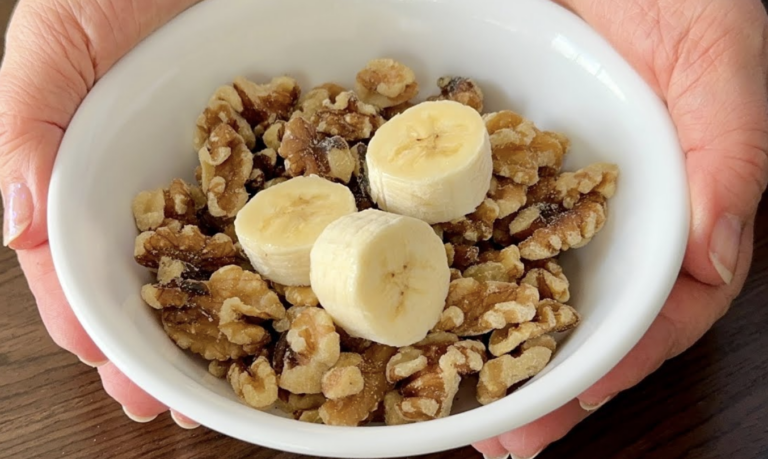Natural Remedies for Toenail Health
Toenail fungus can be a persistent and troublesome issue, affecting the appearance and comfort of your feet. While there are various treatments available, many are turning to natural remedies as a gentle yet effective alternative. Essential oils, known for their antimicrobial properties, stand out as a promising solution for combating toenail fungus.
Why Essential Oils?
Essential oils are concentrated extracts from plants that retain the natural smell and flavor, or “essence,” of their source. They have been used for centuries in traditional medicine to treat a variety of ailments due to their potent antimicrobial properties. Certain essential oils can be particularly effective against fungal infections, making them an excellent choice for treating toenail fungus.
Recommended Essential Oils for Toenail Fungus:
- Tea Tree Oil: Known for its antifungal and antiseptic properties, tea tree oil is widely used for skin and nail fungus.
- Oregano Oil: This oil contains thymol and carvacrol, compounds with powerful antifungal and antibacterial effects.
- Lavender Oil: Soothing yet potent, lavender oil not only fights fungus but can also prevent inflammation and infection.
Step-by-Step Guide to Using Essential Oils:
- Select Your Oil: Choose one or a combination of the recommended essential oils. Mixing oils can sometimes increase their effectiveness.
- Prepare the Application:
- Essential oils must be diluted with a carrier oil, such as coconut oil, almond oil, or olive oil, to prevent irritation. A general guideline is to add about 12 drops of essential oil to one ounce of carrier oil.
- Apply the Oil:
- Clean and dry your feet thoroughly before application.
- Using a cotton ball or a clean brush, apply the oil mixture directly to the affected nails. Be sure to get under the nail as much as possible and around the nail bed.
- Allow the oil to absorb completely.
- Consistent Application:
- Apply the oil mixture to your toenails twice daily, morning and evening.
- Maintain Foot Hygiene:
- Keep your feet clean and dry. Change socks daily and choose breathable footwear.
Conclusion: A Natural Path to Clearer Toenails
While essential oils may take time to show results, with consistent use, many find significant improvements in the health and appearance of their toenails. This natural remedy offers a soothing, chemical-free option to combat stubborn fungal infections. Rediscover the comfort of healthy feet with the miraculous power of essential oils!









